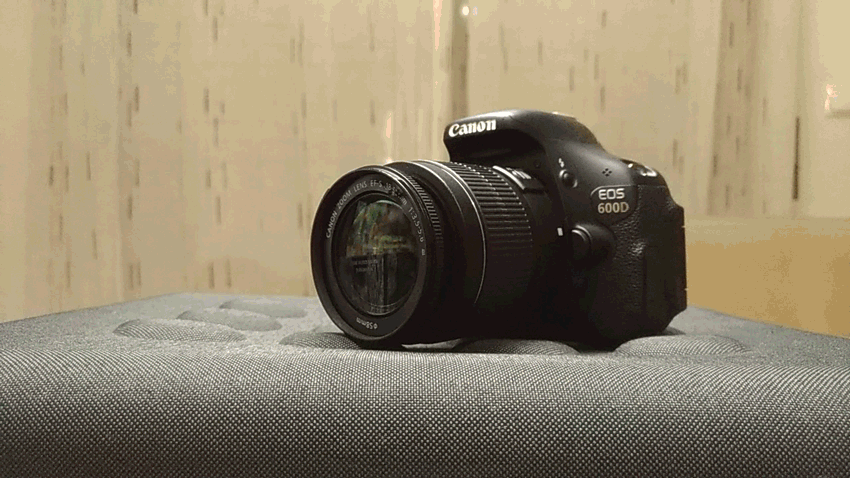
Hi Everybody :)
Step into the tiny worlds that often escape the naked eye, in this exclusive Hive article, we dive into the art and wonder of macro photography.
The focus of this session is on the oyster shell, whose visual integrity reveals a complex record of biogenic and erosive processes. Images captured from a macro perspective allow us to observe the intricate lamination characteristic of the genus, evidenced by undulating surfaces, fractured segments, and zones of varying thickness that reveal both the incremental growth of the structure and the prolonged action of marine agents.
The texture presents an alternation between semi-rough areas and smoother sections, where the calcareous layers are arranged in irregular, almost topographical transitions. Small elevations, micro-fissures, and conical edges reinforce the dynamic nature of its formation, while residual deposits and encrusted particles suggest an active ecological history. The visual framing also highlights points of accentuated wear, which expose the darker and denser core of the shell.
In the chromatic field, the shell displays a sophisticated gradient composed of opaque whites, sepia tones, grayish nuances, and areas of violet and bluish hues. These variations are indicators of mineral composition and oxidation processes, as well as heterogeneous exposure to light and the environment. The blurred background, dominated by smooth transitions between beige and neutral gray, isolates the object and maximizes the perception of its microstructures.


Among the numerous techniques available for macro photography, this method is arguably the most cost-effective and efficient for individuals possessing a camera with a removable lens. By simply detaching the lens and reversing its direction, and employing an inversion ring, the process becomes more manageable and streamlined.
Let's now move onto the result:









Technical Description
- Session Purpose
The main objective of this macro photography session is to capture detailed images of this structure, with a focus on thoroughly observing and documenting the visual characteristics and details.
Used equipments
Camera: Canon EOS 600D Digital SLR with CMOS sensor
Lens: EFS 18-55mm with f/5 maximum aperture, allowing shallow depth of field and capturing fine details.
Used inverter ring
Tripod: not used
Lighting: Adjustable LED lights to provide soft, even lighting, avoiding harsh shadows and highlighting the details of structures.
Camera Settings
Focus Mode: Manual focus to ensure precision in specific details of the structure.
Aperture: Variable aperture between f/3 and f/5 for adequate depth of field, ensuring all important details are in focus.
ISO: Low ISO setting (600) to minimize noise in images.
Shutter Speed: Adjust shutter speed as needed to avoid underexposure, while maintaining a value that allows you to capture sharp details.
The session is closed for today.
Hope you like it :)

These photos weren't taken with a tripod
Camera - Canon EOS 600D
Lens - EFS 18-55mm
Location - Portugal

See you soon
Thank you for watching
Never forget
The price of anything is the amount of life you trade for it.
Time is life... value yours, make every fraction worth it.